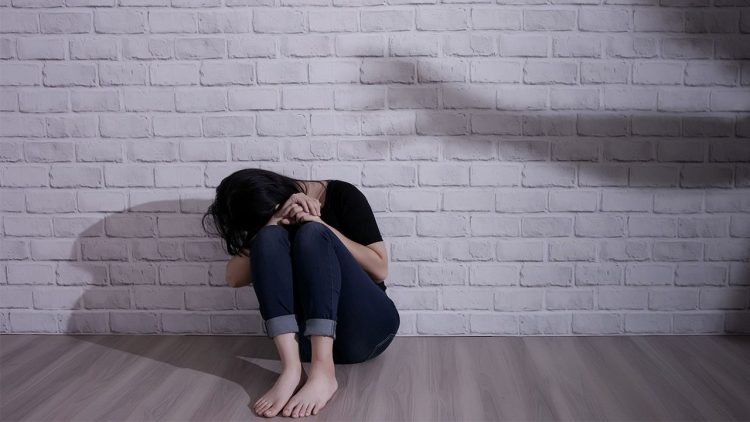Introduction
We often talk about the impact of work, relationships, and lifestyle habits on mental health. But there’s one powerful influence that quietly shapes our well-being every single day: our environment, particularly the neighborhood we live in.
Your community isn’t just where your home is—it’s the social and emotional backdrop of your daily life. It can offer connection, safety, and a sense of belonging—or it can amplify stress, loneliness, and disconnection.
So the question is: Is the place you live supporting your mental health—or slowly undermining it?
How Your Environment Affects Mental Well-Being
Human beings are inherently social and spatial creatures. Our brains respond not just to people, but to space, movement, noise, and rhythms around us. Where you live shapes:
- Your daily interactions, or lack thereof
- Your sense of security and stability
- Access to green space, light, and fresh air
- Opportunities for community engagement
- Your perceived social status or belonging
These subtle, ongoing exposures can have a cumulative impact on emotional resilience, stress levels, and overall psychological well-being.
Signs Your Neighborhood May Be Supporting Your Mental Health
- You recognize familiar faces and engage in casual interactions
- You feel safe walking or spending time outside
- You have access to communal spaces (parks, cafés, libraries, etc.)
- There are opportunities for shared experiences—markets, events, or group activities
- You don’t feel invisible or anonymous in your own environment
In such settings, even brief moments of connection—a nod from a neighbor, a chat with a shop owner—can reduce stress and build a sense of inclusion.
But When a Neighborhood Feeds Isolation…
Not all communities are supportive. Some may unintentionally magnify feelings of disconnection, particularly if they lack:
- Accessible shared spaces or safe walking areas
- Inclusive design for different age groups and mobility levels
- Social diversity or a sense of acceptance
- Opportunities to connect without spending money
- A general culture of openness
In such places, even if you’re surrounded by people, you can feel emotionally alone—what psychologists call “lonely in a crowd.”
Modern Living and the Quiet Rise of Social Isolation
Urban life has grown faster, denser, and more digital. People live next door for years without knowing each other’s names. Gated communities, high-rises, and car-centric design often reduce spontaneous human contact.
Technology, while connecting us virtually, can also replace physical community interactions, leaving emotional needs unmet. The result? A growing number of people report feeling disconnected, even while “plugged in.”
Mental Health Risks of a Disconnected Community Environment
Living in a socially isolating neighborhood can quietly wear down your mental well-being. Research links it to:
- Increased risk of depression and anxiety
- Higher levels of chronic stress and sleep disturbance
- Poorer cognitive function over time
- Weakened sense of purpose and self-worth
- Lower motivation to engage with others
The emotional cost is real—even if it’s not immediately obvious.

How to Rebuild Connection in a Disconnected Space
Even if your environment isn’t ideal, you can take small, meaningful steps to reclaim a sense of community:
1. Start Small
Greet neighbors. Smile at people you pass. Small gestures build emotional familiarity over time.
2. Find Micro-Communities
Local libraries, cafés, fitness classes, or volunteer groups can provide focused, low-pressure social space.
3. Create Routine Public Presence
Frequent the same local spot—parks, bakeries, walking routes. Familiarity encourages casual interaction.
4. Advocate for Community Spaces
Join residents’ groups or attend local meetings to support better communal areas, lighting, safety, and inclusiveness.
5. Prioritize Human-Centered Design
If you’re moving or choosing a living space, consider more than square footage. Look for walkability, gathering spaces, and signs of community life.
Conclusion
Mental health is not just an internal condition—it’s deeply shaped by our outer world. The neighborhood you live in can either nurture your sense of connection or deepen your emotional distance.
In a time when loneliness is being recognized as a public health issue, rethinking the emotional landscape of our living spaces matters. If your environment isn’t serving your mental well-being, you’re not powerless. Awareness is the first step. The next is intentional action—however small—to create more moments of connection.
Because community isn’t just where we live. It’s how we live, together.

















































